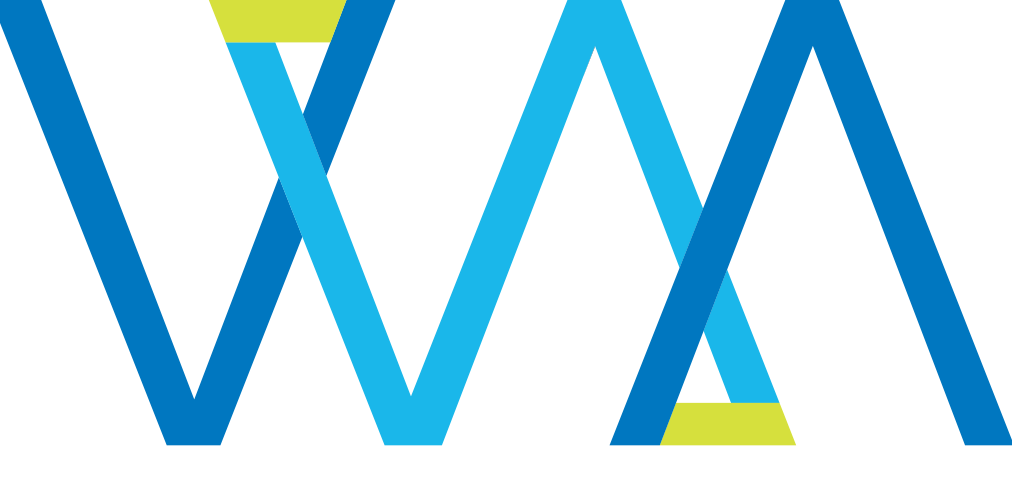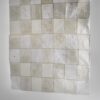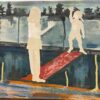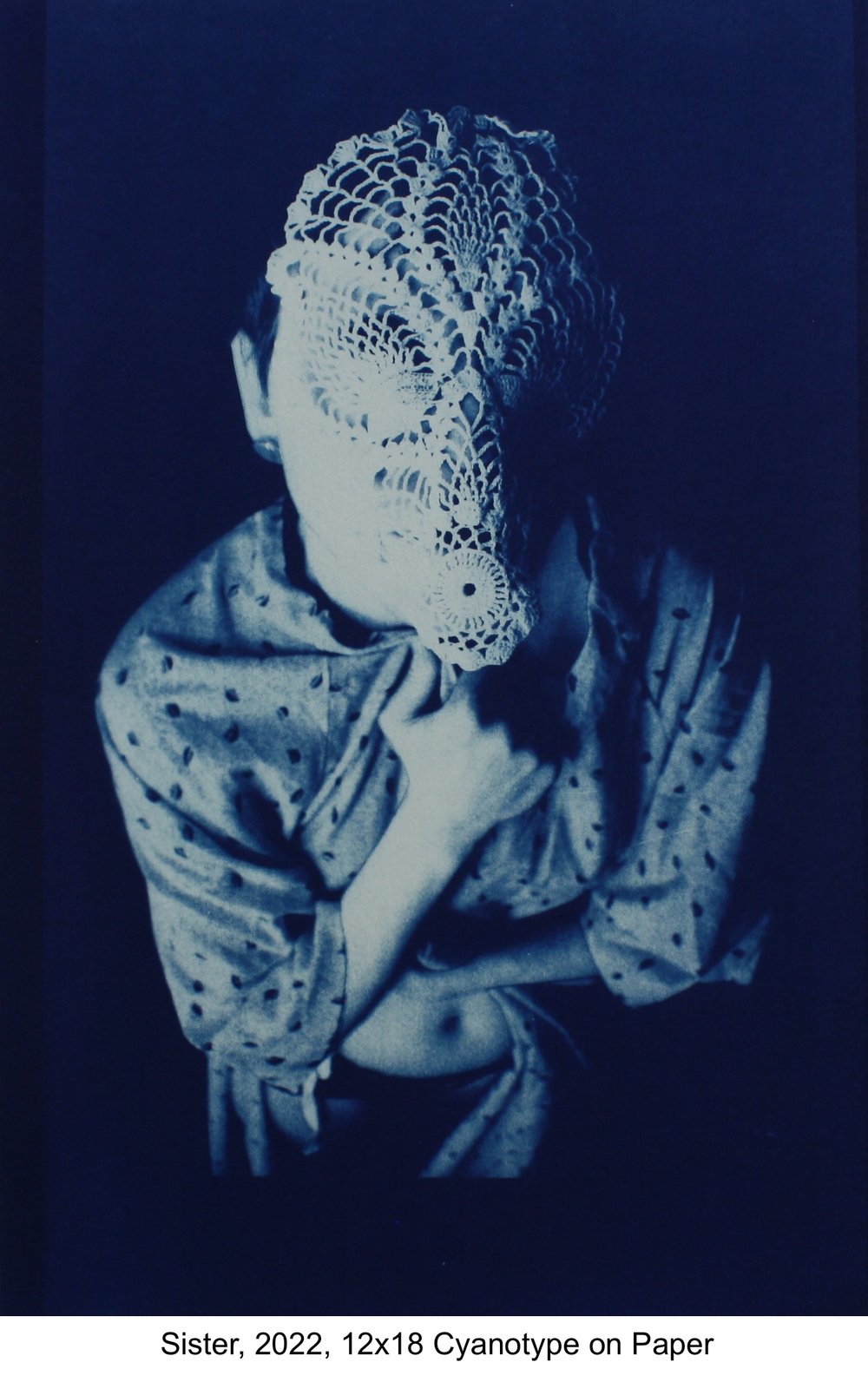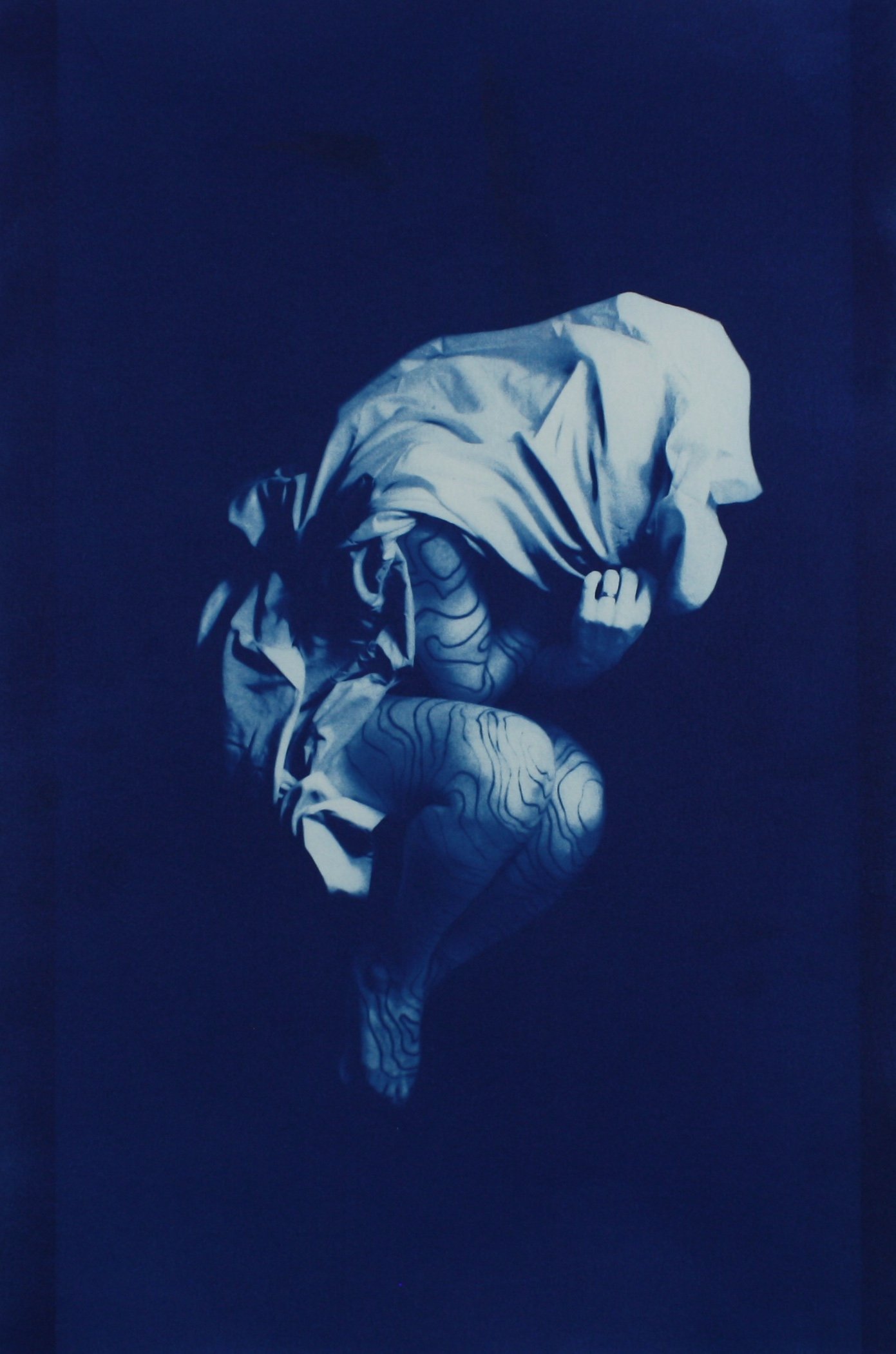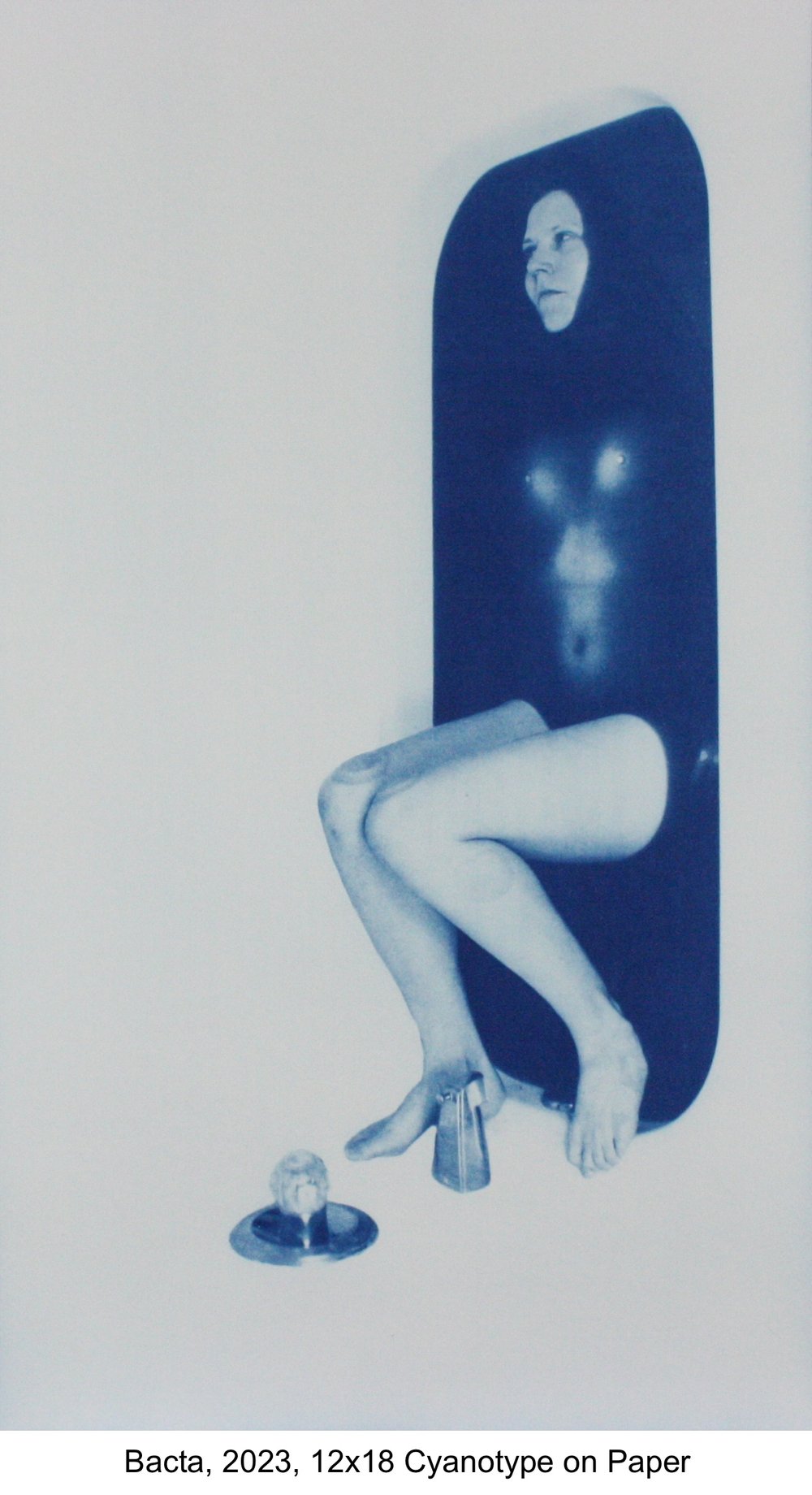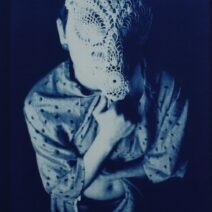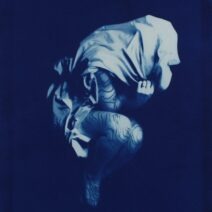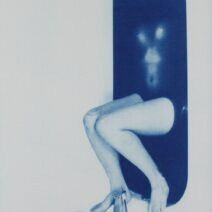ARTIST STATEMENT
The way we understand each other as human beings is through connecting our own embodied experience with that of someone else. If we do not share a common experience, then cultural narratives and stories enable us to build empathetic bridges to cross that divide. This body of work explores pain and chronic illness and the gaps in cultural empathy that cause invisibility. This work comes from the lens of a queer photographer and explores but is not limited to the queer experience of falling through the cracks in the medical system.
In a culture colored by virtuous boot strap pulling, what happens when the body desperately needs rest but cannot sleep, when night after night lying in bed is a place of struggle, failure, and shame? For many with chronic conditions, routines of self care demand an unyielding repetition. This is reflected in the repetitive rhythms of the way that we approach cyanotype. For us, the dark blue monochromatic nature of the prints evokes the way that high levels of pain and exhaustion color and dim the senses, disrupting the formation of clear and distinct memories. Chronic health issues often go hand in hand with trauma, a type of neurological response that occurs when someone feels that their safety is threatened and that they are powerless to change their situation. These experiences are especially common in medical settings where repeated experiences of being unheard can be traumatic even if doctors are good doctors and intend no harm.
ABOUT THE ARTIST
The Danaid Collaboration (DanaidX) is a Baltimore based duo formed by Hope Brooks and Angela Yarian. Yarian spent 10 years unable to make work because of a debilitating illness, despite holding a degree in art. Likewise, Brooks, a trans woman, photographer and data engineer, also wrestles with her own chronic pain issues. Emerging from a quest to make art from a place that acknowledges present realities, their collaboration resists trying to be different, more abled-bodies than they are. Through an attentive, slow-moving method of making cyanotypes, they embrace limitations as a fertile ground for creative work, and as a possibility for expanding the dialogue on what constitutes a successful art practice and life. DanaidX’s name comes from the Greek myth about the danaid sisters, cursed by the gods to endlessly fill a cistern riddled with holes. Chronic illness makes simple tasks into broken cisterns. DanaidX asks: what if we were able to plug those holes for each other?
© DanaidX Collaboration | Angela Yarian and Hope Brooks
